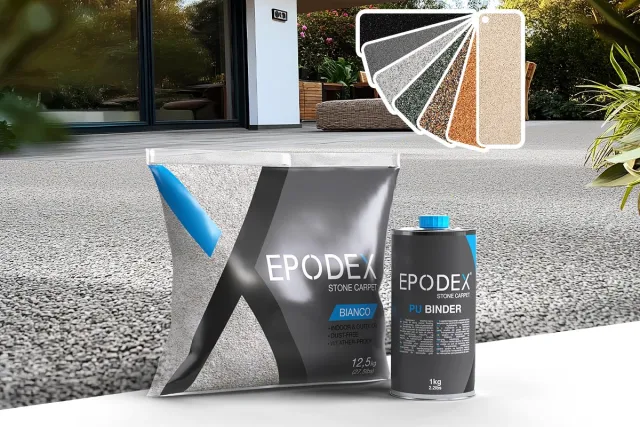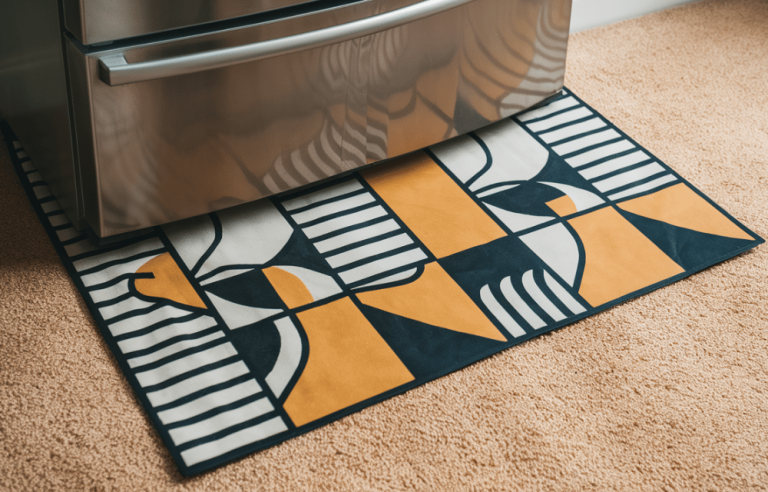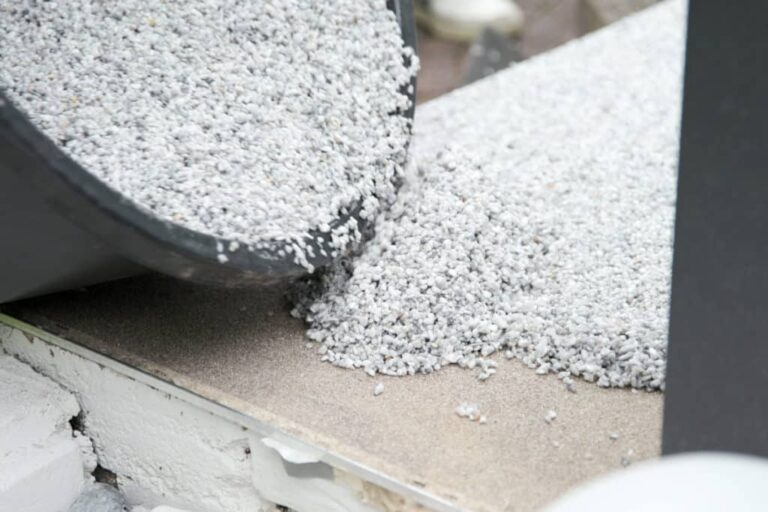Which Side of the Carpet Pad Goes Down?
When installing carpet padding, one of the most common questions homeowners face is, “Which side of the carpet pad goes down?” This question is crucial because the right installation ensures your carpet pad performs optimally, extends the life of your carpet, and protects your floors. While it may seem like a simple matter, choosing the wrong side can lead to problems such as slipping, wear and tear, and discomfort underfoot. In this guide, we will explain how to correctly install carpet padding, the importance of the right side down, and offer tips to help you achieve a perfect carpet installation.
Understanding Carpet Pads: The Basics
Carpet pads, also known as underlay, provide essential support beneath your carpet. They enhance comfort, protect floors, and help your carpet last longer. But not all carpet pads are created the same. The materials and designs vary, and depending on the type, the way it should be installed also changes.
The primary purpose of a carpet pad is to act as a buffer between the carpet and the subfloor. It provides cushioning, absorbs sound, reduces noise, and prevents wear and tear. Without a properly installed pad, your carpet could shift, stretch, or wear out prematurely.
The Role of Carpet Pad Installation
Installing a carpet pad may seem straightforward, but getting it right is important. Carpet pads come in various materials, including foam, felt, rubber, and more. Each material has its own properties, and the sides are designed to perform different functions.
The key is to ensure the proper side faces down against the floor. Incorrect installation can cause the pad to lose its effectiveness, affecting its lifespan and the comfort of your carpet. In some cases, it may even create safety hazards if the rug or carpet shifts.
Which Side of the Carpet Pad Goes Down?
Now, let’s address the burning question: which side of the carpet pad goes down? To answer this clearly, we need to consider the specific type of carpet pad you’re working with. Most carpet pads are designed with a soft side and a firmer side, which makes it easy to determine which way they should be placed.
Foam Carpet Pad
For foam carpet pads, the soft side should face up, while the firm side should be installed against the subfloor. The firm side helps anchor the pad and prevent shifting. The softer side provides comfort underfoot.
Felt Carpet Pad
Felt pads are made from compressed fibers. In most cases, you should place the soft side down toward the subfloor. The felt pad typically has a stiff side that should be facing upward under the carpet. This side helps provide additional support and prevents the carpet from shifting.
Rubber Carpet Pad
Rubber pads are often backed with a gripper pattern to prevent movement. The soft side of the rubber pad should face down, and the gripper pattern side should be placed upward under the carpet. This configuration ensures that the rug stays in place and doesn’t slide around.
Memory Foam Carpet Pad
Memory foam pads can be tricky, as they are sometimes made entirely from foam, with no clear difference between the sides. However, if your memory foam pad has a non-slip layer or felt lining on one side, that side should face down. If it’s a plain, single-layer foam pad, it can be installed with either side facing down.
Why Does the Right Side Matter?
So, why is the “right side” so important when laying a carpet pad? The simple answer is that each side is engineered to perform specific tasks. Incorrectly orienting your carpet pad can compromise its function and the longevity of your flooring.
When the proper side faces down, you get optimal performance from the pad. For instance, rubber and gripper pads prevent slippage and anchor the carpet in place, ensuring that your carpet doesn’t shift with foot traffic. Additionally, a well-installed carpet pad protects both the subfloor and the carpet, helping you avoid expensive replacements in the future.
The Impact on Carpet Comfort and Longevity
The placement of your carpet pad affects both comfort and durability. If you place the wrong side down, you may find that your carpet feels uncomfortable or uneven underfoot. A wrongly installed carpet pad can also cause the carpet to wear out more quickly because it doesn’t have the correct cushioning.
How to Install a Carpet Pad
Now that you know which side of the carpet pad goes down, let’s walk through the steps of installing the pad correctly. This will help ensure your carpet is laid properly and that your floor gets the protection it needs.
Step 1: Prepare the Subfloor
Before you begin laying the carpet pad, make sure the subfloor is clean, dry, and free of debris. Sweep and vacuum the area to ensure there’s no dirt or dust that might interfere with the pad’s installation.
Step 2: Lay the Carpet Pad
Unroll the carpet pad and cut it to fit the room’s dimensions. Ensure the padding is placed in the correct direction based on the type of pad you are using. If it has a specific “up” or “down” side, make sure to place the correct side against the subfloor.
Step 3: Secure the Edges
Once the pad is in place, trim any excess around the edges. Make sure the pad lies flat without any wrinkles or bunching. If necessary, staple or glue the edges to the subfloor to keep it in place.
Step 4: Install the Carpet
Once the pad is in position, it’s time to install the carpet. Stretch the carpet over the padding and secure it with carpet grippers or a similar method. Ensure the carpet is smooth and tightly stretched to prevent wrinkles or movement.
Additional Tips for Carpet Pad Installation
Here are a few additional tips to help you get the best results from your carpet pad installation:
Choose the Right Carpet Pad for Your Flooring
Selecting the correct type of carpet pad is essential for a successful installation. Make sure you choose a pad that’s designed for your specific floor type, whether it’s hardwood, concrete, or vinyl.
Consider the Thickness of the Pad
Carpet pads come in various thicknesses. Thicker pads provide more cushioning, while thinner pads are better for high-traffic areas. Consider the comfort level you want and the amount of foot traffic in your home when choosing the pad thickness.
Use Specialized Pads for Underfloor Heating
If you have underfloor heating, you’ll need to use a carpet pad that is compatible with heat transfer. Some pads may impede heat flow, so make sure to select one designed for heated floors.
Don’t Overlap Carpet Pads
When laying your carpet pad, make sure the edges meet but don’t overlap. Overlapping can cause bumps that will be noticeable once the carpet is installed.
FAQ
Q1: Can I use carpet padding without installing it in the correct orientation?
A1: While it’s possible to install the padding incorrectly, it’s not recommended. Installing the carpet pad with the wrong side down can affect the performance of the carpet, leading to issues such as slippage, discomfort, and uneven wear.
Q2: How do I know if my carpet pad is made of memory foam or felt?
A2: Memory foam pads are usually softer and more flexible than felt pads. Felt pads have a more rigid structure and are made from compressed fibers, while memory foam conforms to the shape of your foot and is typically thicker.
Q3: Can I use any carpet pad under any type of flooring?
A3: It’s important to use the right carpet pad for the type of flooring you have. Some pads are designed specifically for hardwood, tile, or concrete floors, while others may be better suited for high-pile carpets. Always choose a pad that is compatible with your floor type.
Q4: Do I need to replace the carpet pad when I replace the carpet?
A4: It’s a good idea to replace the carpet pad when replacing your carpet. Over time, carpet pads lose their effectiveness and cushioning. Replacing the pad will help ensure your new carpet lasts longer and feels more comfortable.
Conclusion
Choosing the correct side of the carpet pad to go down is an essential part of installing carpet padding properly. Whether you are working with foam, felt, rubber, or memory foam, understanding the materials and how they should be installed ensures that your carpet stays in place, provides comfort, and protects your floors. Take the time to install the carpet pad correctly, and you’ll enjoy a longer-lasting, more comfortable carpet that will keep your home looking great for years to come.











